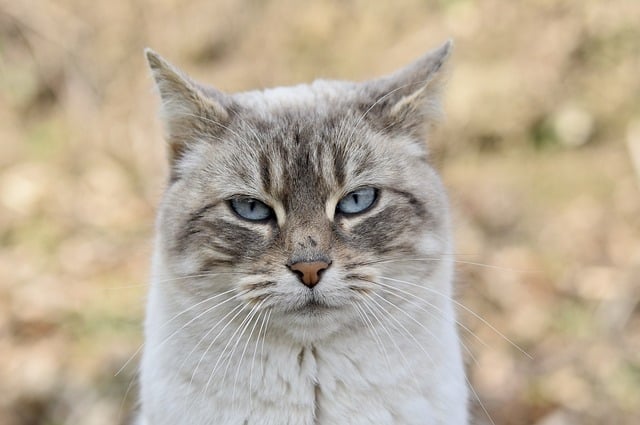A groundbreaking study published in the Journal of Agricultural and Food Chemistry has revealed key insights into what makes cat food irresistible to our feline friends. By enlisting the help of a panel of cat taste-testers, researchers have identified specific flavor compounds that could revolutionize the way we formulate cat food.
The Science of Feline Flavor Preferences
Cats are known for their discerning palates, often turning their noses up at perfectly good food. This pickiness isn’t just a personality quirk – it’s rooted in their unique biology. Cats have a more acute sense of smell than humans and are particularly sensitive to umami (savory) flavors. Unlike humans, they can’t taste sweetness at all.
To better understand feline flavor preferences, researchers led by Shiqing Song developed a series of chicken-liver-based food sprays. They tested these sprays on a panel of 10 adult cats, observing which flavors the cats preferred and how much they ate.
The team identified over 50 different flavor compounds in their sprays, ranging from tropical and floral notes to more unusual scents like sweaty and rubbery. They then coated commercial cat food with chicken fat and one of the four experimental sprays, presenting these options alongside a control food treated with a commercially available attractant.
What Cats Really Want: Amino Acids and Savory Flavors
The results were clear: cats showed a strong preference for foods sprayed with attractants containing higher levels of free amino acids. These compounds are crucial flavor precursors that can undergo the Maillard reaction during heat treatment, producing a variety of aroma-enhancing compounds.
“The favored foods contained more mushroom and fatty flavors,” the researchers noted. In contrast, foods with more acidic and sweet-tasting compounds were less popular among the feline taste-testers.
This preference for free amino acids and savory flavors aligns with what we know about feline biology. Cats are obligate carnivores, meaning their bodies are designed to derive nutrition primarily from animal-based proteins. The umami flavors associated with these proteins are likely to be more appealing to cats’ taste buds.
Why it matters: Understanding cats’ flavor preferences could lead to the development of more palatable cat foods, potentially reducing food waste and ensuring cats receive proper nutrition. For cat owners struggling with picky eaters, this research could provide hope for finding a food their pets will consistently enjoy.
The study’s findings could have far-reaching implications for the pet food industry. By incorporating more of these preferred flavor compounds into cat food formulations, manufacturers might be able to create products that are more appealing to a wider range of cats.
However, it’s important to note that while palatability is crucial, nutritional balance should remain the primary concern when choosing cat food. Future research could explore how to combine these preferred flavors with optimal nutrient profiles to create cat foods that are both delicious and nutritionally complete.
As we continue to unravel the mysteries of feline preferences, this study opens up new avenues for improving cat nutrition and well-being. The next time you’re shopping for cat food, you might just find options that have been scientifically formulated to tickle your cat’s taste buds in all the right ways.
If our reporting has informed or inspired you, please consider making a donation. Every contribution, no matter the size, empowers us to continue delivering accurate, engaging, and trustworthy science and medical news. Independent journalism requires time, effort, and resources—your support ensures we can keep uncovering the stories that matter most to you.
Join us in making knowledge accessible and impactful. Thank you for standing with us!

